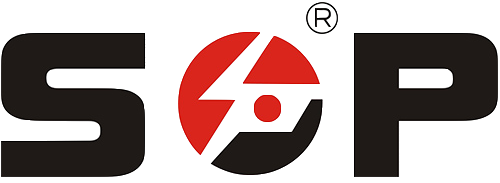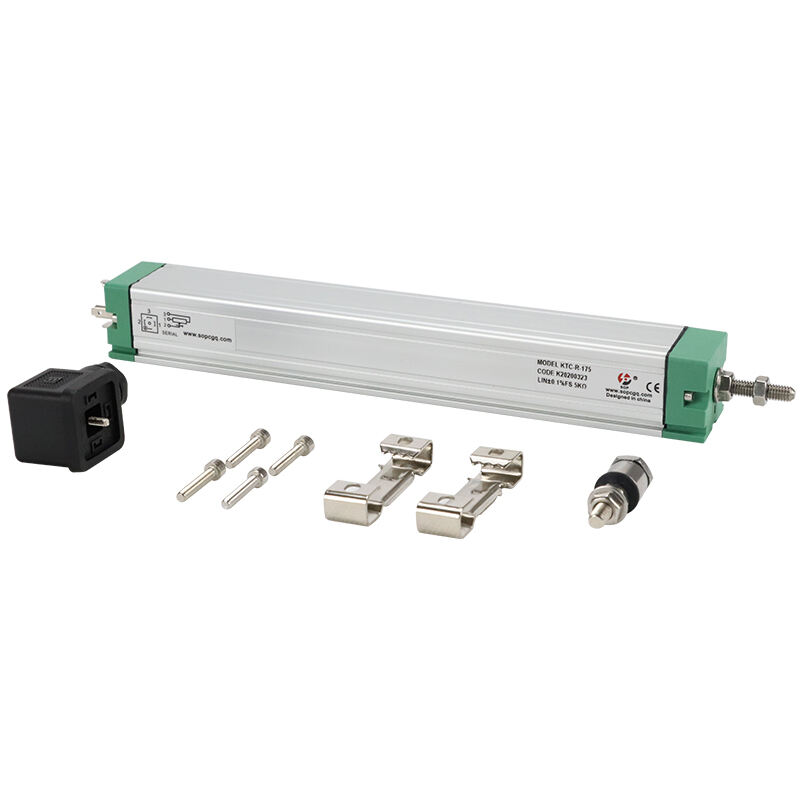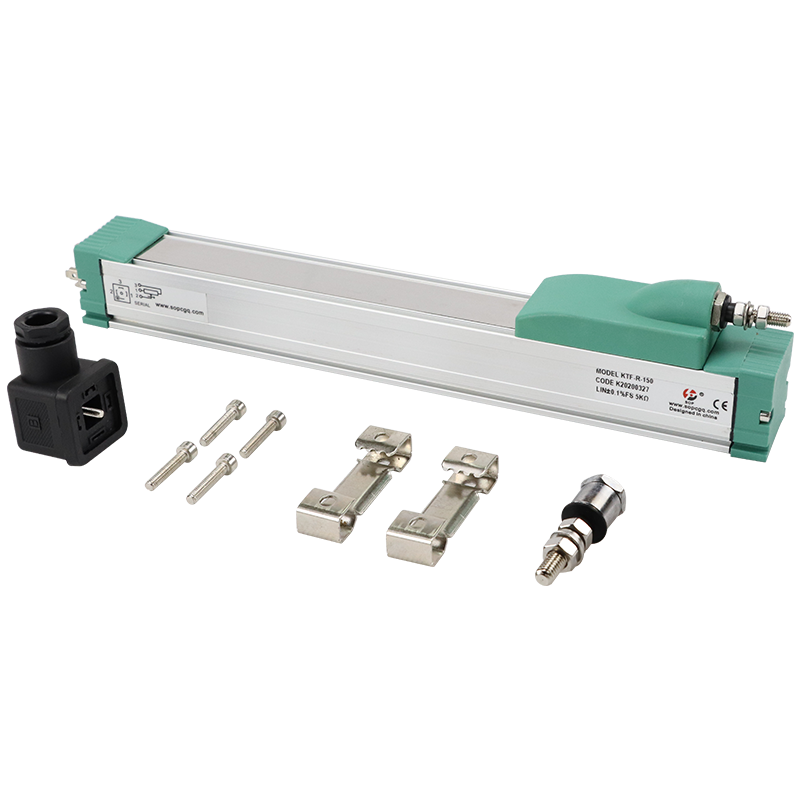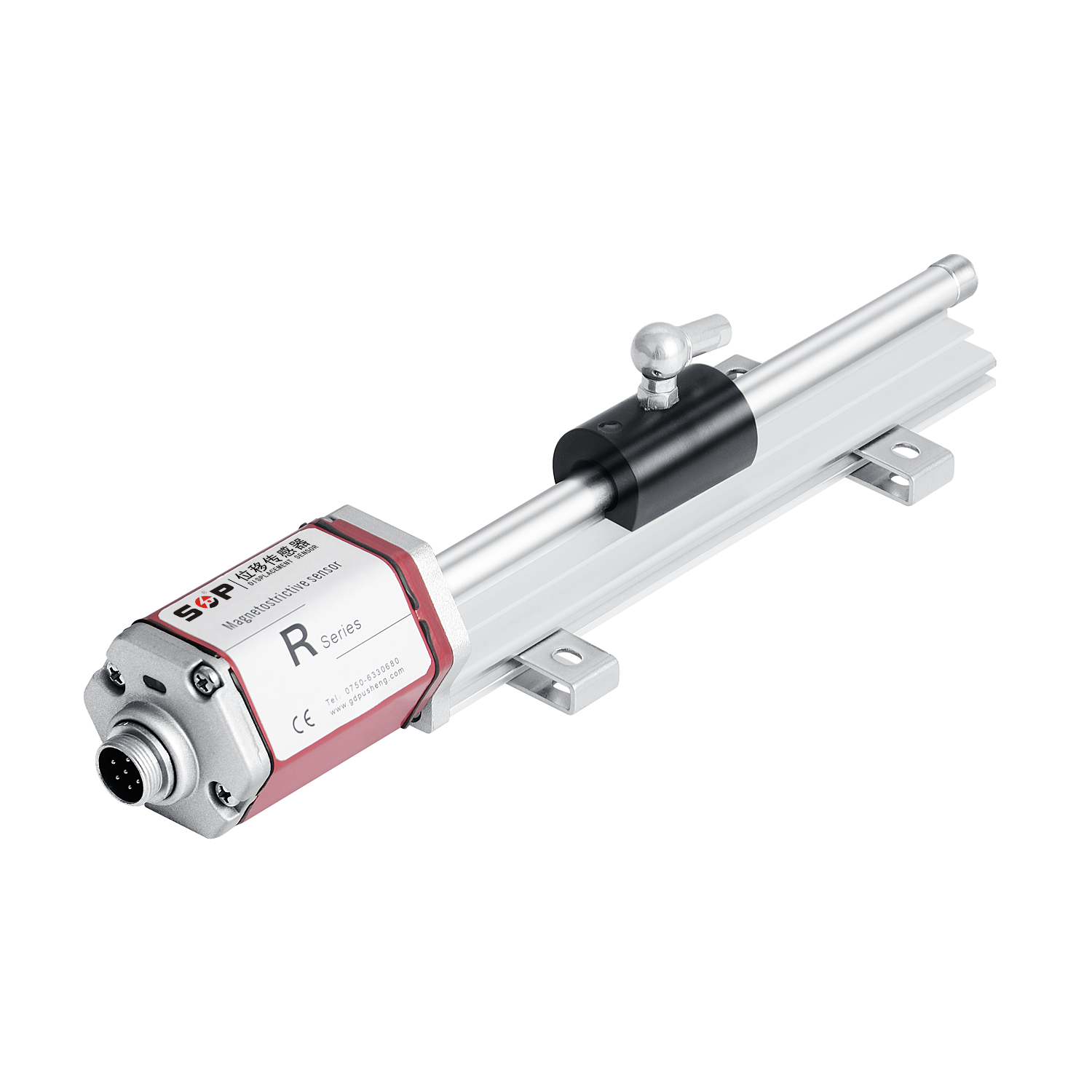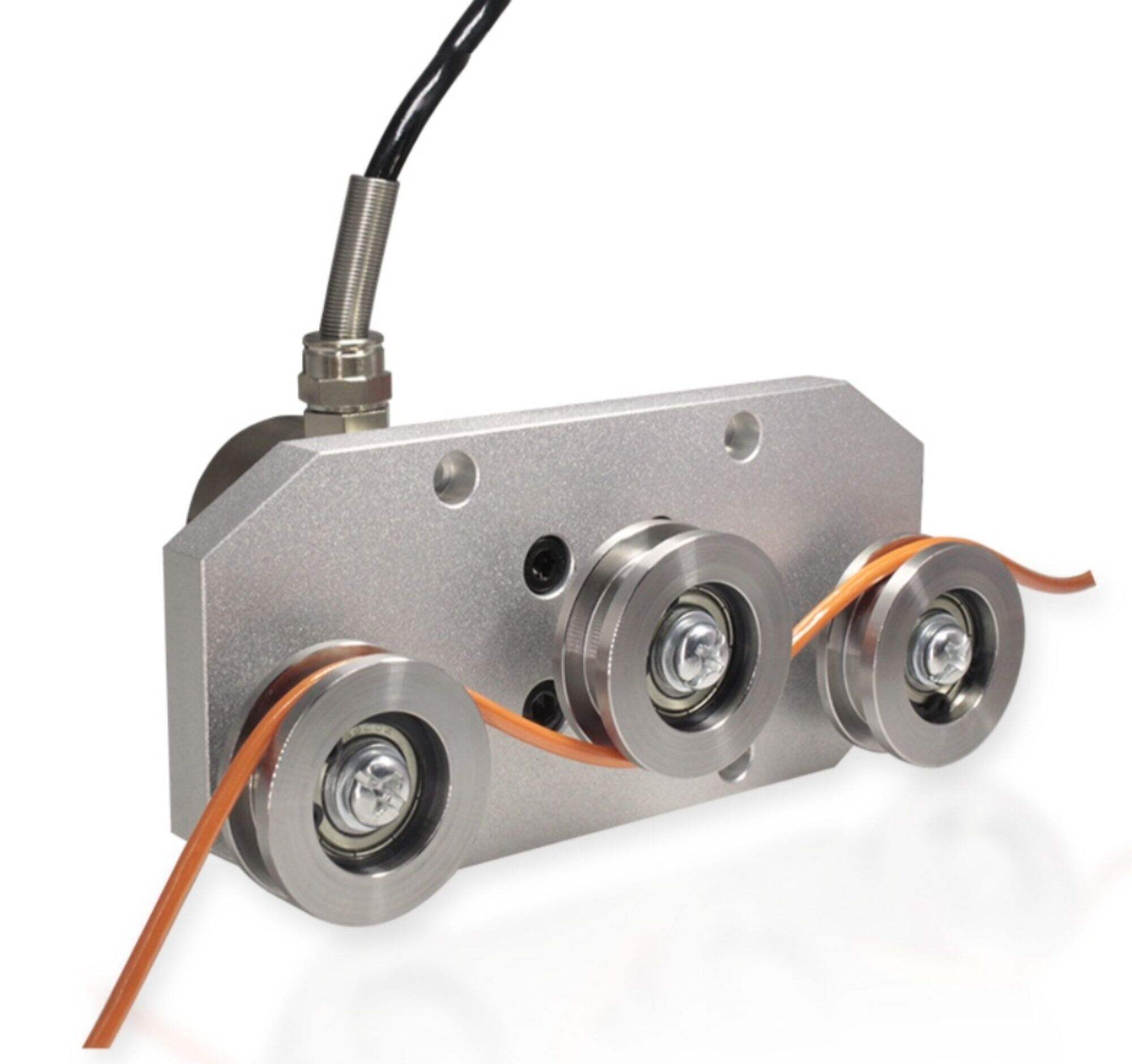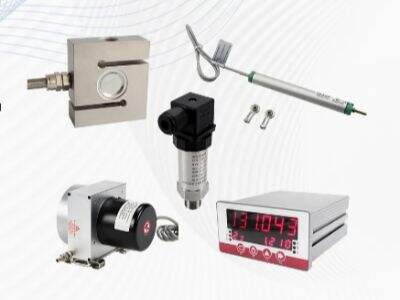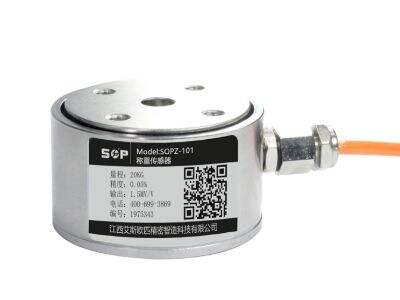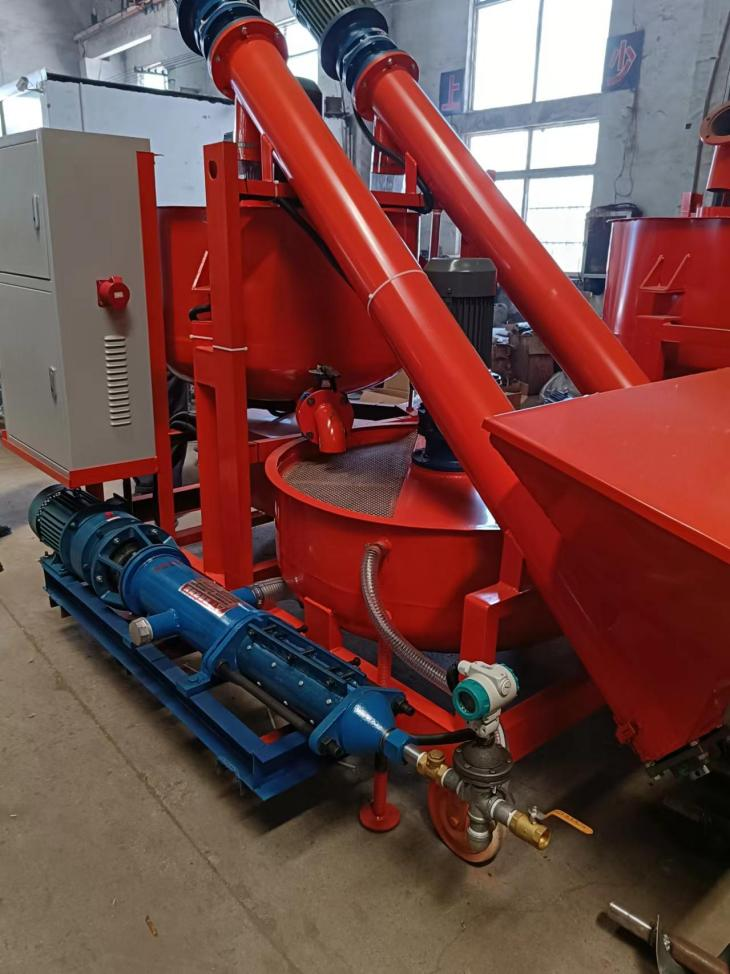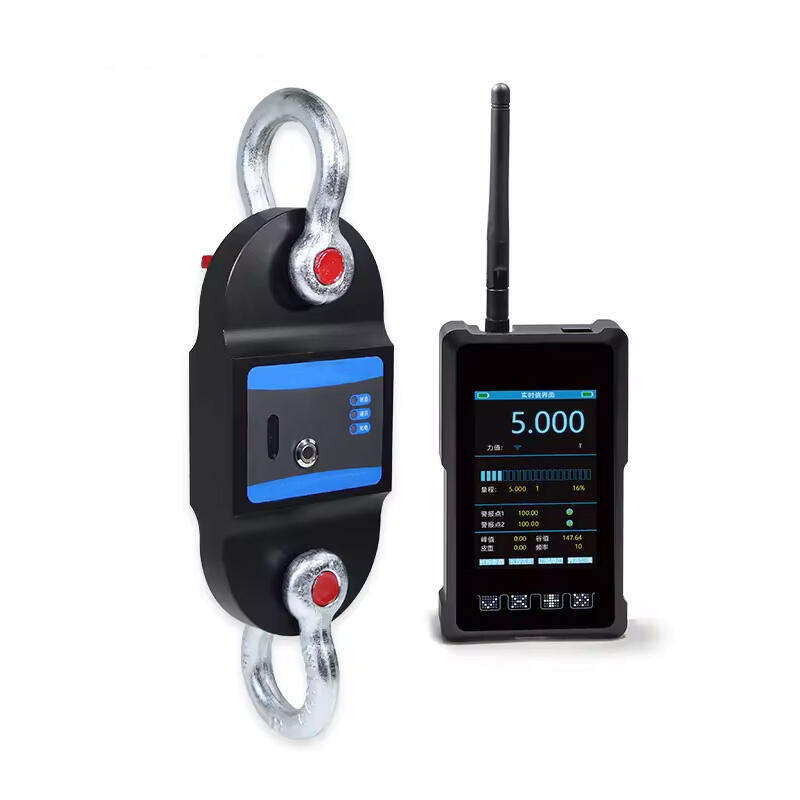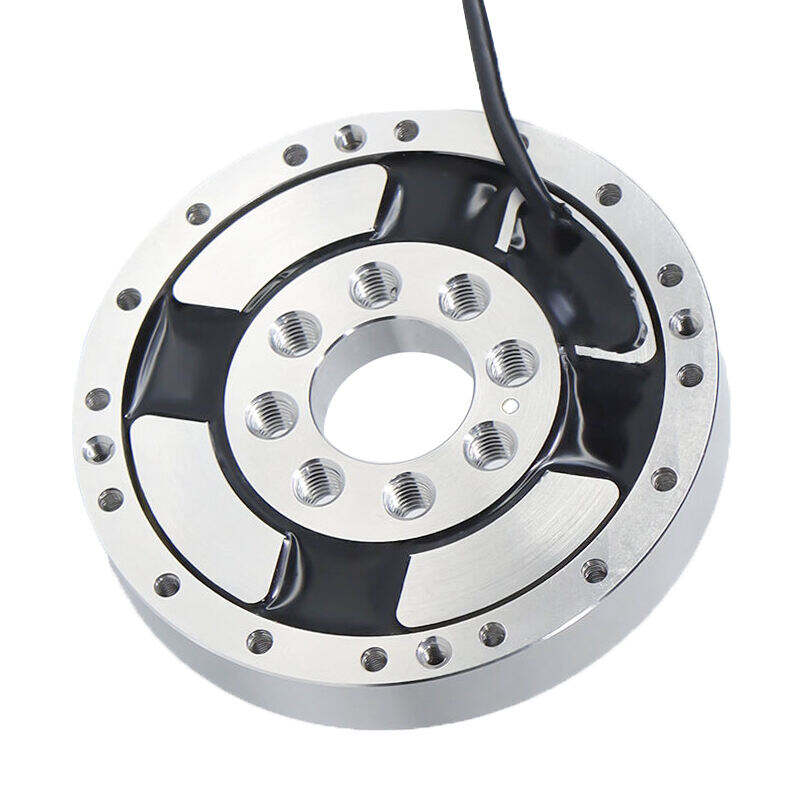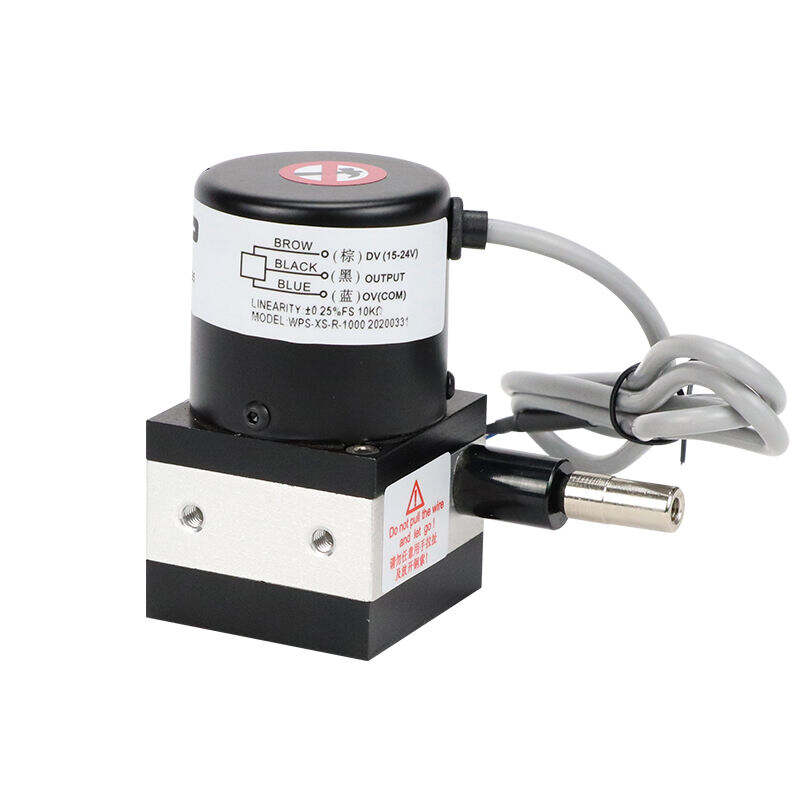pressure transmitter cost
Pressure transmitter cost represents a crucial consideration in industrial processes, encompassing both initial investment and long-term operational expenses. These sophisticated devices, essential for accurate pressure measurement and monitoring, vary in price depending on their specifications, quality, and capabilities. A typical industrial-grade pressure transmitter ranges from $200 to $2,000, with high-precision models potentially exceeding $5,000. The cost structure includes the basic sensing element, signal processing electronics, housing materials, and additional features such as digital displays or wireless connectivity. Factors influencing the price include measurement range, accuracy levels, environmental protection ratings, and certification requirements. Modern pressure transmitters incorporate advanced technologies like digital signal processing, temperature compensation, and smart diagnostics, which can affect the overall cost. The investment in quality pressure transmitters often proves cost-effective through improved process efficiency, reduced maintenance requirements, and enhanced safety compliance. When evaluating pressure transmitter costs, considerations must extend beyond the purchase price to include installation expenses, calibration requirements, maintenance needs, and potential integration with existing systems.
